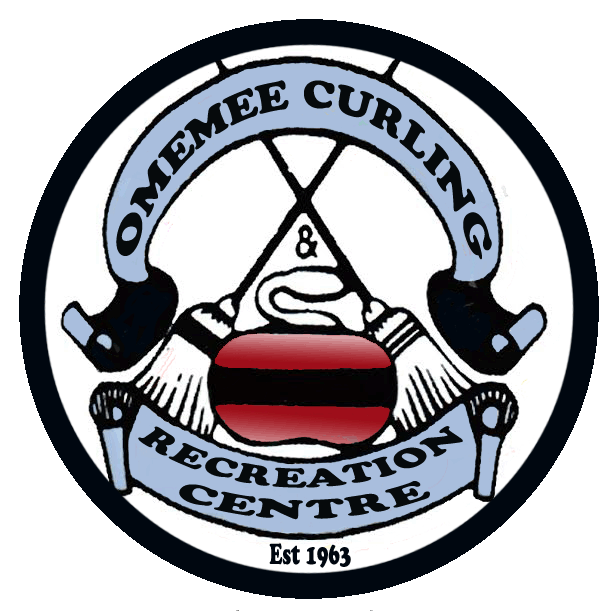Making Ice

What does it take to make the great surface you slide on each week? Well this year it took 2 weeks and 6 people putting in about 56 hours of work.

It all started Sunday, October 2nd as a group of members gathered (slowly, as they had been dancing the night before at our "Sensational Season Starter Dance") to put the tables and chairs in storage for the winter. After about 3 hours of toil, the ice area was clear and swept clean. Then the floor scrubber was unloaded and the real cleaning began. Over the next 3 days the floor was cleaned about 5 or 6 times. Clean the floor, wait a couple of hours for it to dry, clean it again, wait for it to dry, and continue until the waste water was clear. Then, Al Ness and his wife, removed all the old staples from around the boards which was not a quick or a fun job. After installing plastic sheeting around the ice surface, the compressor plant was turned on to cool the floor.

MXLLS

After waiting a day or so, a water hose was connected to the cable running over the middle of the room. Flooding began with a tedious process that involved walking back and forth, back and forth, hundreds of times putting a 3 mm layer of water over the concrete. By now the concrete was below freezing temperature. The floor was cooled by a compressor pumping cold brine through pipes buried in the concrete. The water must be put on a layer at a time so it will not crack and for consistent density. It took about 5 days to get enough layers on to bring in the painters. On day 9 of ice installation, a crew from Jet Ice came and painted the surface white. Here is why we have to install the plastic sheeting, to protect the carpet and walls from over spray.
You can see from the video that it is put on in a very thin coat. It is also environmentally safe, so that in the spring when the water is flushed out, it will not harm anything. So... the next step involved, you guessed it, more flooding! After a quick layer, the rings, lines, graphics, and the maple leafs (aren't they cool?) were put in. This was followed by more layers of water. All this water comes from our own well and each flood is approximately 400 gallons. If you average that over 10 floods, that is 4000 gallons, each gallon weighing just over 8 lbs (8.34 to be exact). That equates to 32,000 lbs or 14514.956 kgs of weight on the concrete surface of our rink! The hacks are installed, and the ice is scraped and pebbled many times before being declared ready for use. While the specifics may be slightly different for each rink, the overall process is similar.
Humidity is always a factor, and this year with the weather being so warm the first week of curling, we had trouble getting the moisture out of the air which affected the ice surface.
We want to thank Al Ness, Earl Quackenbush, Glen Hyland, Marv Mckee, Wayne Stovell, and Laverne Muirhead and many other members, for the volunteer time they put in day after day to make the ice surface.
The next time you are out at the hog line, look down and appreciate how much water is there, and how much work went into making it happen!!
aA
















